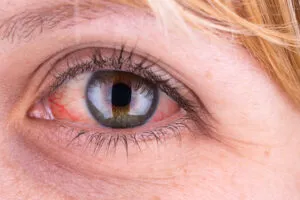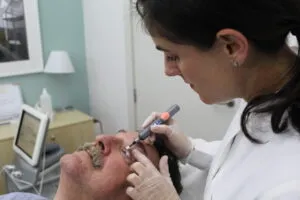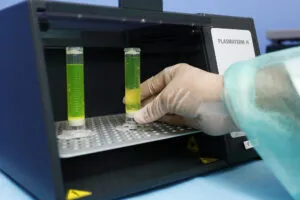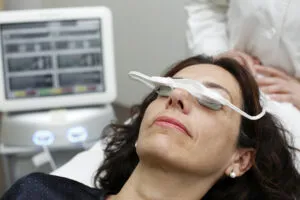Eye diseases
Dry eye syndrome
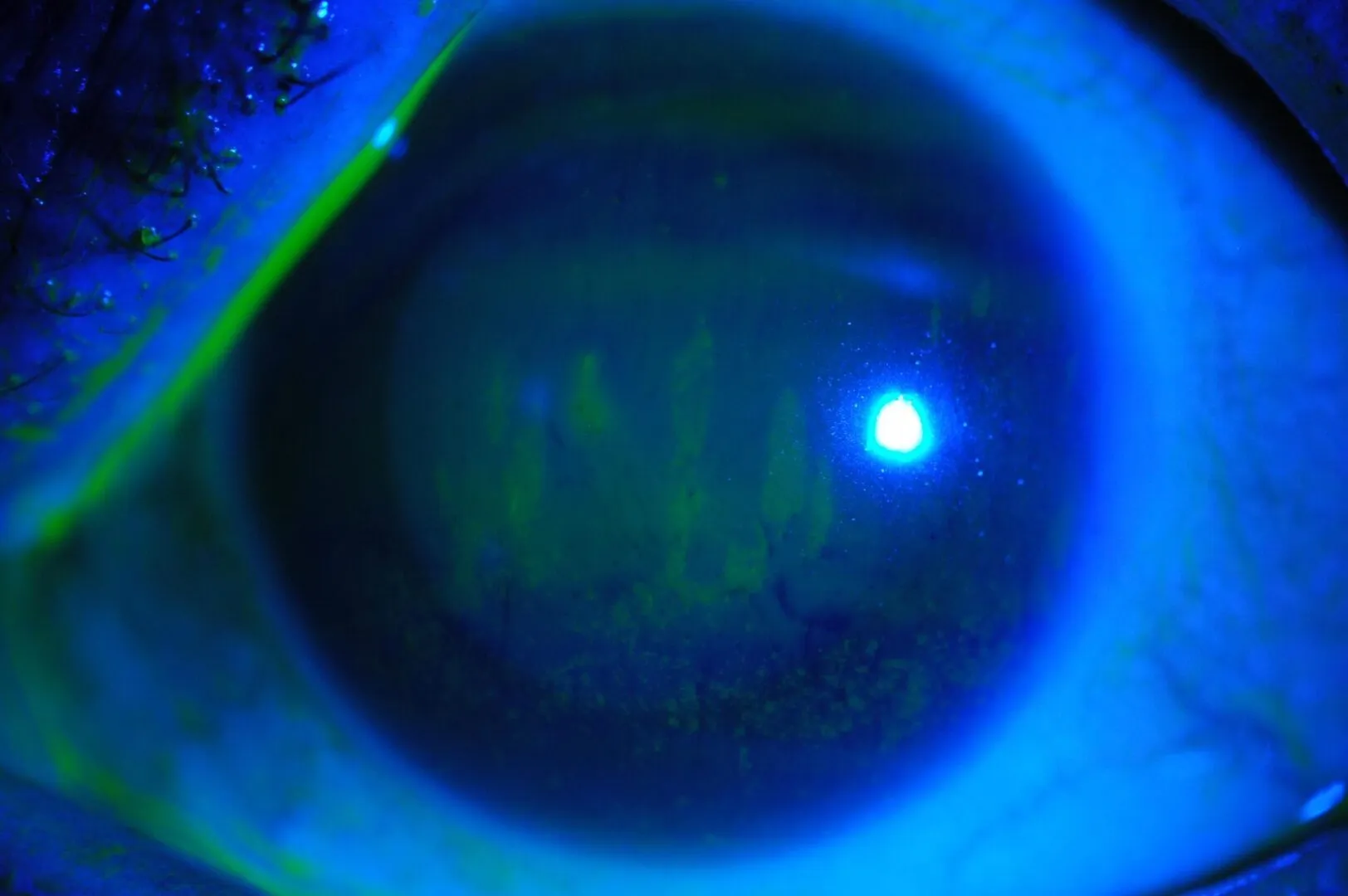
What is dry eye syndrome?
Dry eye is a syndrome that causes eye discomfort, visual problems and, in some cases, lesions on the eye surface, hence affecting the cornea and conjunctiva. It can have different degrees of severity and is due to the instability or alteration of the tear film, either owing to poor tear production or excessive evaporation. Furthermore, the diagnosis is usually associated with different degrees of inflammation.
This is a multifactorial, complex and chronic condition, which it is important to address in a customised way in each patient to offer the best solution, while taking into account the causes that have triggered it.
Symptoms
Causes and risk factors
Treatment
Other common symptoms you may notice are dry and tired eyes, itching and stinging and even fluctuating vision, which is characterised by blurred vision that improves with blinking.



